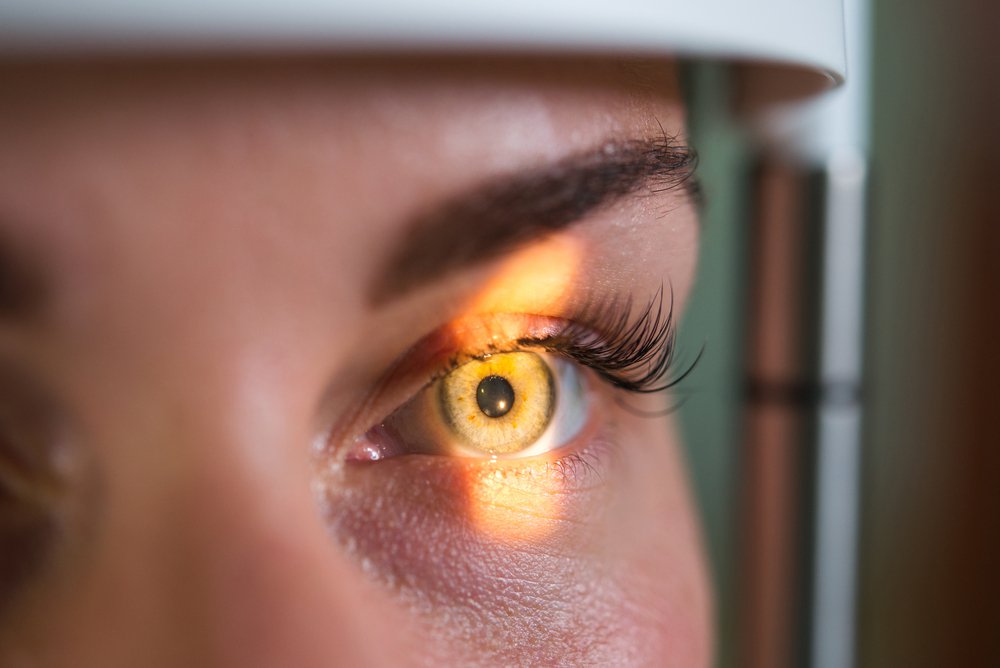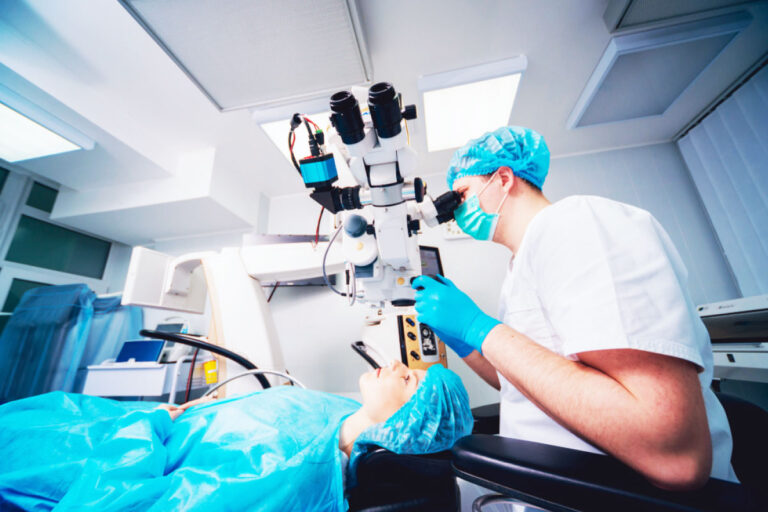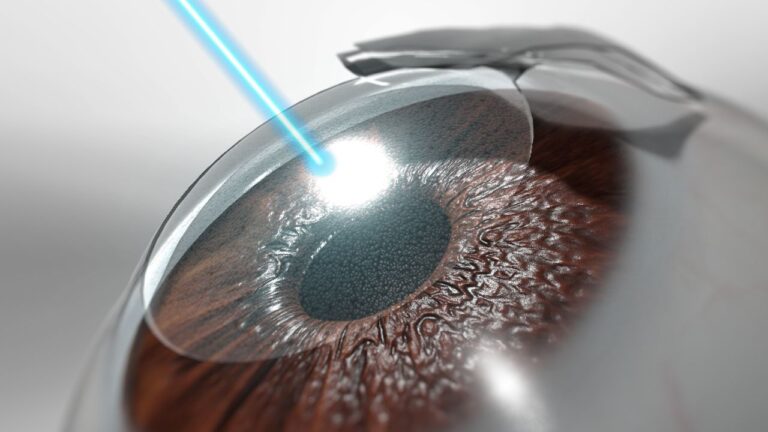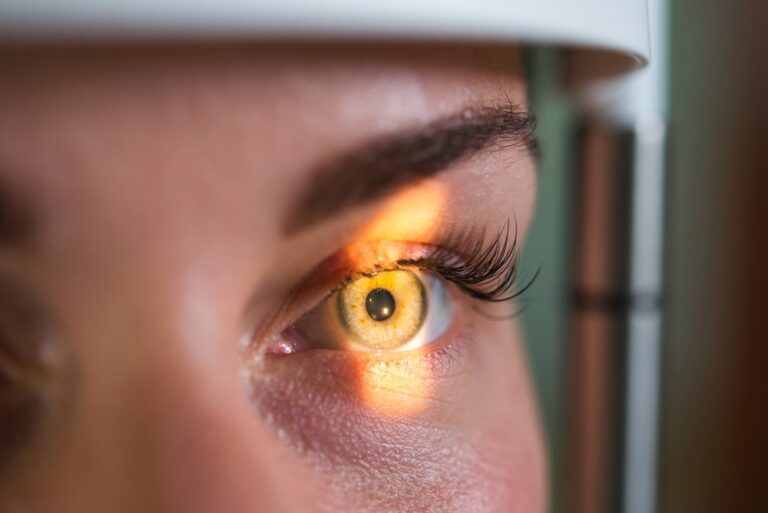From Blurry to Brilliant: What Really Happens During Laser Eye Surgery
Introduction
Imagine waking up and seeing the world in sharp detail — no glasses slipping down your nose, no fumbling for contact lenses. For millions, laser eye surgery has turned that dream into reality. From blurry to brilliant, this modern procedure has changed the way people see life — literally. But what really happens during laser eye surgery? Let’s take a closer look.
Section 1: Understanding Laser Eye Surgery
Laser eye surgery is a quick, safe, and effective procedure designed to correct common vision problems like myopia (nearsightedness), hyperopia (farsightedness), and astigmatism. The goal is simple: reshape the cornea so that light focuses correctly on the retina, giving you clearer vision.
There are three main types:
- LASIK (Laser-Assisted In Situ Keratomileusis): The most common form, where a flap is created in the cornea, then reshaped using a laser.
- PRK (Photorefractive Keratectomy): Ideal for those with thin corneas; it reshapes the surface without creating a flap.
- SMILE (Small Incision Lenticule Extraction): A newer, minimally invasive technique using a small incision to remove a tiny piece of corneal tissue.
Not everyone is a candidate. The ideal patient is over 18, has stable vision for at least a year, and is free from major eye conditions like glaucoma or severe dry e
Seem more: The Truth About Cataract Surgery in Australia and Recovery Time
Section 2: Step-by-Step — What Happens During the Surgery
The idea of laser eye surgery might sound intimidating, but the process is remarkably smooth and painless. Here’s what happens:
- Pre-Procedure Prep: You’ll relax in a comfortable reclined chair while the surgeon applies numbing eye drops. There’s no need for general anesthesia — you’ll remain awake but calm.
- Eye Stabilization: A small device keeps your eyelids open to prevent blinking. It’s not uncomfortable, just unusual.
- Laser Reshaping: Depending on the type of surgery, the doctor uses a precise laser to reshape your cornea. In LASIK, a flap is created and lifted, then replaced once the laser has done its work.
- Quick Completion: The laser process itself usually takes less than a minute per eye, and the entire procedure is done in under 30 minutes.
- Immediate Aftercare: Most patients notice clearer vision within a few hours. You’ll rest briefly, then go home with protective eye shields and post-surgery drops.
Section 3: Real Patient Experiences
Every patient’s journey is unique, but the results are life-changing. Here are a few real-world stories:
- Sophie’s LASIK Success: “I used to rely on glasses for everything — even brushing my teeth. After LASIK, I could see clearly within hours. The world felt brighter, sharper, and more colorful.”
- David’s PRK Recovery: “PRK took a bit longer to heal, but it was worth it. Within a week, I was driving without glasses. My only regret? Not doing it sooner.”
- Emma’s SMILE Experience: “I was nervous, but the procedure was so quick! I watched Netflix the same night. No pain, just amazing clarity.”
- Liam’s LASIK Transformation: “The next morning, I woke up and could read the clock across the room — something I hadn’t done since childhood.”
- Grace’s Post-Surgery Confidence: “I feel more confident at work and while traveling. No more worrying about losing my contacts mid-flight!”
These real experiences show that laser eye surgery isn’t just a medical procedure — it’s a lifestyle upgrade.
Section 4: What Patients Feel During the Procedure
Many people worry about what it feels like during laser eye surgery. The truth? Most patients describe mild pressure but no pain. The numbing drops keep your eyes comfortable, and the laser’s work is so quick that you barely have time to notice.
Some report a slight burning smell — that’s normal and comes from the laser interacting with corneal tissue. You might also see flashing lights or feel gentle vibrations, but everything is completely controlled. The surgeon will talk you through every step to keep you relaxed and confident.
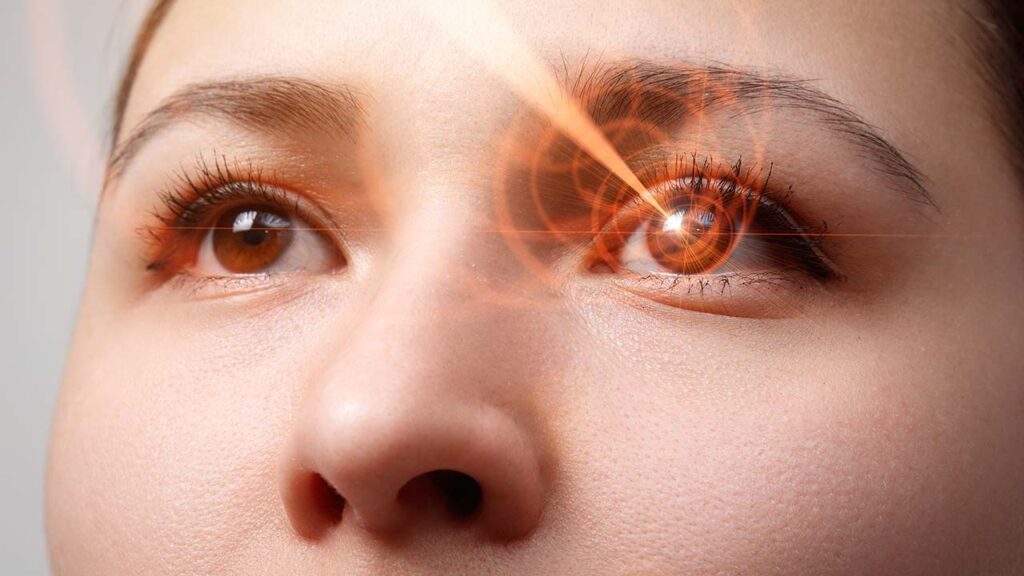
Section 5: The Rewards — Seeing the World Clearly Again
Once recovery begins, patients experience a transformation that’s both physical and emotional. Within 24–48 hours, most see a dramatic improvement in clarity and color perception. Over the following weeks, vision stabilizes to its sharpest point.
Other benefits include:
- Freedom from glasses and contacts
- Improved confidence and convenience
- Quick healing and minimal downtime
- Long-lasting results
Laser eye surgery offers more than just 20/20 vision — it offers independence and a fresh outlook on life.
Conclusion
Laser eye surgery is one of modern medicine’s most empowering procedures. From the first blurry moments to a world seen in full focus, the journey is fast, safe, and profoundly rewarding. If you’re considering it, talk to a qualified ophthalmologist to see if you’re a good candidate. Your path to brilliant vision could be closer than you think.
FAQS
No, the procedure is completely painless. Your surgeon applies numbing eye drops to prevent discomfort. You might feel gentle pressure or see lights during the laser phase, but it’s not painful. Most patients describe the sensation as odd but brief — and the results are well worth it.
The actual laser treatment usually takes less than a minute per eye. Including setup, preparation, and post-surgery checks, the full procedure typically lasts 20–30 minutes. You’ll rest for a short time afterward, then can usually head home the same day.
You might experience mild blurriness, watering, or light sensitivity for a few hours after the procedure. Most patients notice a dramatic improvement in their vision within the first 24 hours. It’s essential to use prescribed eye drops and rest your eyes to promote healing.
Laser eye surgery effectively treats myopia, hyperopia, and astigmatism, but it may not be suitable for severe prescriptions or certain eye conditions. Your ophthalmologist will conduct a thorough exam to determine if LASIK, PRK, or SMILE is the best option for you.

